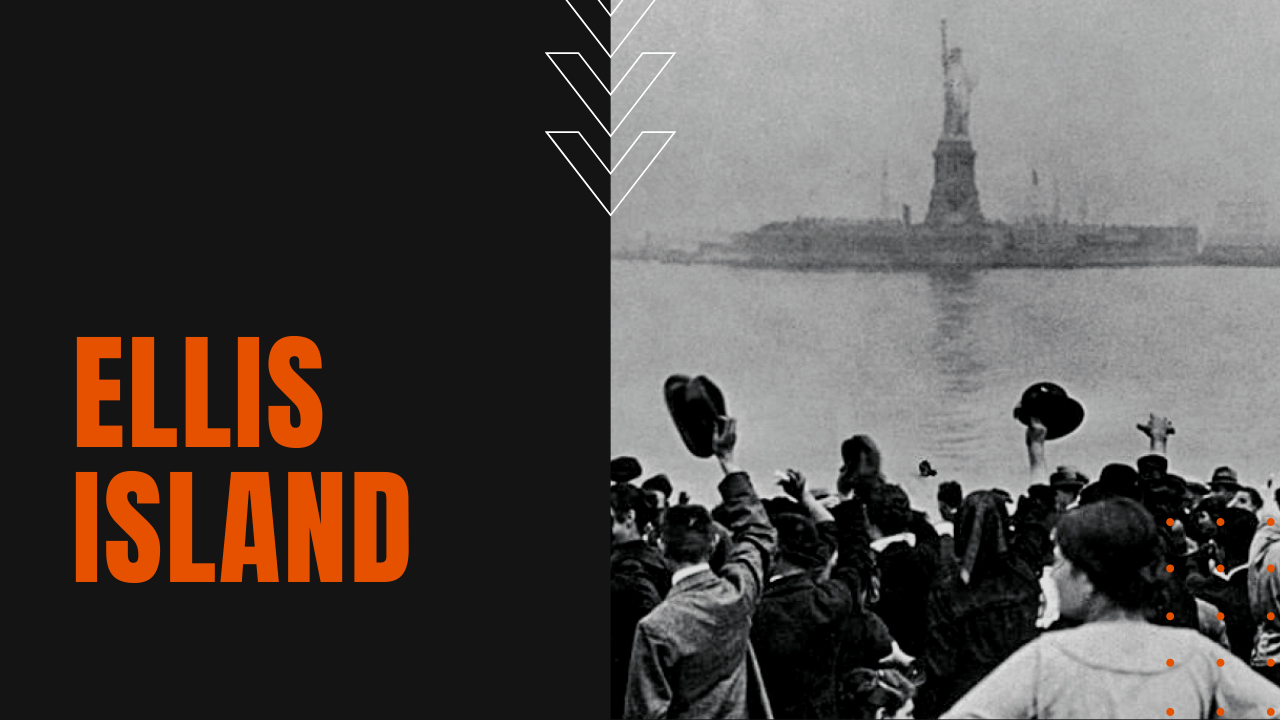Ellis Island: Immigrants to America Must Meet Public Health Measures

Between 1880 and 1924, nearly 25 million immigrants left their homelands for dreams of a better life in America. Coming mainly from northern, southern and eastern Europe, nearly half of the sustained immigration wave came through Ellis Island.
Of the 12 million who entered America through the island, tens of thousands were detained at Ellis Island hospitals for possible infectious diseases or other debilitating health concerns.
With nearly 6,000 immigrants arriving at Ellis Island each and every day, the facility required a massive hospital infrastructure to keep up with the flow. A 120-bed general hospital was built first, which would eventually expand to three times that size.
A second psychopathic hospital sported 50 beds and an equal number of isolation rooms, while a 450-bed contagious disease hospital became the island’s flagship structure.
Infectious Disease on Ellis Island
The flood of immigrants through Ellis Island brought with them their deepest hopes for a better life, but many arrived with a wide variety of highly infectious diseases.
In a time before antibiotics, contagions like cholera, diphtheria, typhus, tuberculosis and polio could spread throughout communities with fatal consequences, which made Ellis Island a key barrier to the spread of infectious diseases into American cities.
While wealthy first-class passengers were hardly given more than a glance before clearance, for those arriving in steerage class, a thorough medical examination stood between their freedom in America or a swift deportation back to where they came.
Every arriving immigrant had to climb the large staircases that led to the Great Hall. At the top stood a line of uniformed public health officers, who watched intently for signs of heart trouble from the climb, breathing difficulties or any kind of physical or mental impairment.
The immigrants would then be interrogated by members of the U.S. Immigration Bureau, asking each new arrival why they came to America and how they intended to support themselves. They were then herded past a dozen or so doctors working “The Line,” as it was known, who had thirty seconds to determine whether the immigrant in front of them merited a more comprehensive medical exam.
One in five immigrants received a chalk mark indicating a suspected condition, which would subsequently open them up for further testing and diagnosis in one of the three main hospitals.
In use from 1892 to 1924, Ellis Island is now part of the Statue of Liberty National Monument. More than 350 babies were delivered on the island, many of the newborns named after the doctors and nurses who helped them into the world. On the downside, however, more than 3,500 arriving immigrants died on the island, making the 27-acre landmark a key focal point in the story of America.
